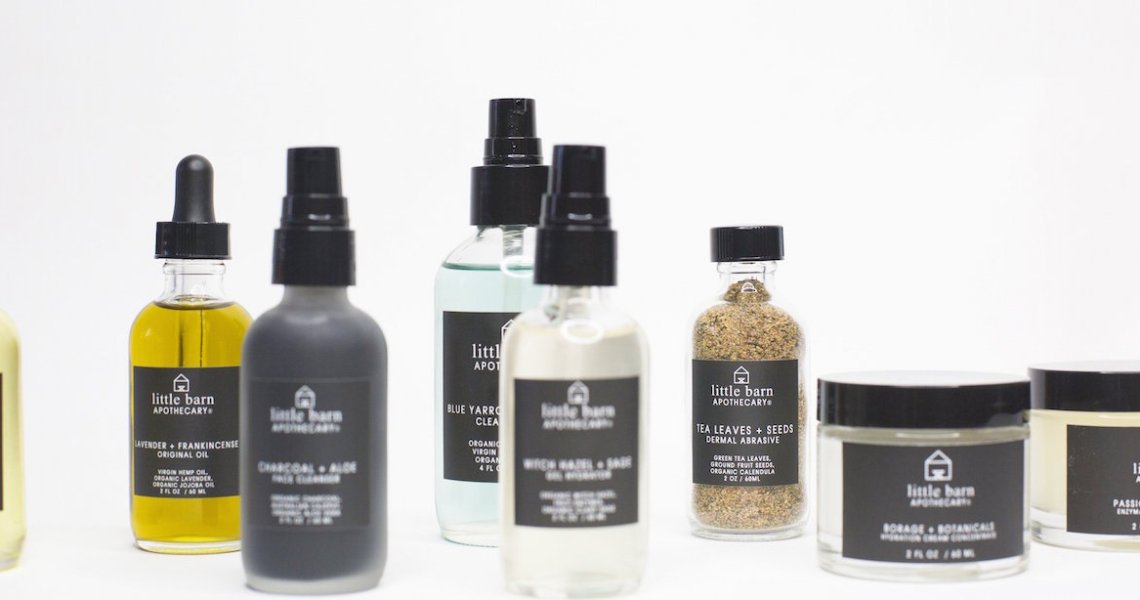When clean beauty brand Little Barn Apothecary launched in January 2015, its co-founders Joshua Morgan and Brad Scoggins had no formal business plan and no distribution strategy other than e-commerce. Over four years, the brand is on track to earn $6 million in revenue in 2019 after completing an expansion into all 1,124 Ulta doors and into 28 spas.
Glossy checked in on the indie brand’s growth strategy to date.
Retail:
As of late 2018, wholesale accounts with spas is a new channel for the brand and is proving effective. LBA products are currently in 28 spas, with 10 spa-only products that are available exclusively via treatments. Customers and spas both want “uniqueness” in their spa treatments,” said Morgan, and the channel could become the most “fruitful opportunity” for the brand. Currently, sales through spas account for 15% of total revenue, and that’s set to double by the end of 2019.
E-commerce:
LBA has never done paid advertising and plans to avoid doing so in the future. However, the brand is developing a more formal online marketing strategy, with a focus on retargeting customers on social media and reinvesting in its blog, Bulletin, to drive people to its website.
Having both Morgan and Scoggins appear more frequently on the brand’s Instagram since the first quarter of 2019 has helped boost engagement on social channels by an estimated 20-30%, versus strictly posting product shots.
Ad position: web_incontent_pos1
Facebook, where it has over 3,300 followers has helped the brand reach a wider swath of customers, including those up to 65 years old. On Instagram, it sees mostly 25 to 45 year olds. Approximately 25% of LBA’s customers are now older than 45 years old.




